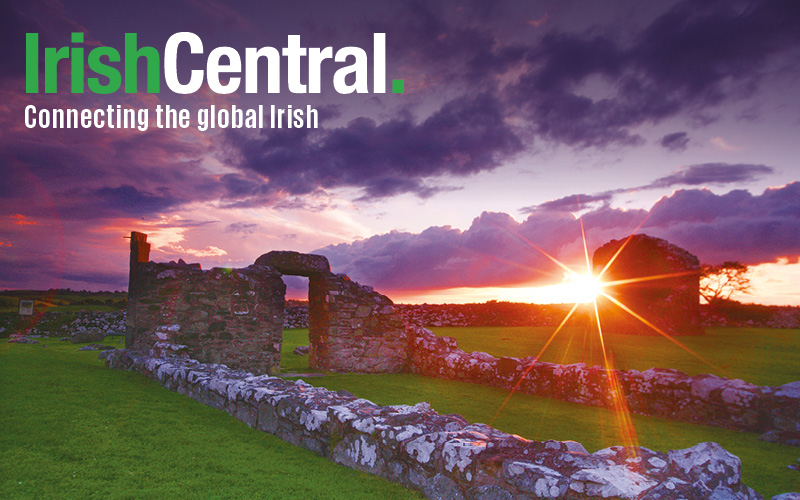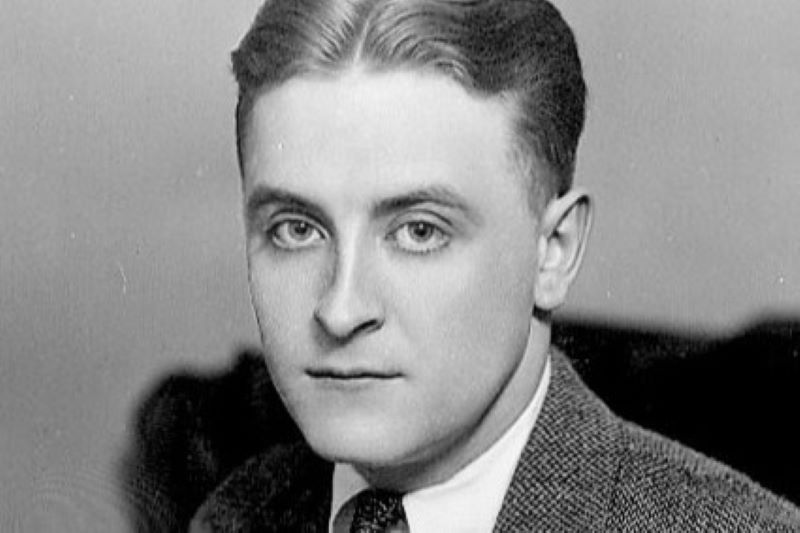Irish and Irish American businesspeople, civic leaders, entrepreneurs and digital media innovators at the recent Tangible Ireland meeting in New York invoked the power of social media, the social web, internet content and online communities as vital tools in reenergizing the Irish economy.
Event organizer and founder of Tangible Ireland (http://www.tangibleireland.com/) Raymond Sexton, an engineering and management professional, set the media tone by titling the program “Start Spreading the News.” He opened with the tale of the Fremantle Escape, in which a Clan Na Gael group in Maryland in 1876 was able to engineer the dramatic escape of six Irish political prisoners from a British prison in Australia; a complex global operation, successfully organized and executed at a time when “it took months to exchange data, not like today with our almost instantaneous digital communications,” as Sexton noted, leaving the implication that if the Irish could organize that then, think of what they could do with email and Twitter now.
Irish native Patrick O’Connell, president of the New York consulting company The Conall Group and a self-described “honest broker,” highlighted the way digital media can help overcome Ireland’s island isolation. He pointed to such Irish media endeavors as Third World cell phone giant Digicel; websites such as Ammado (http://www.ammado.com/) which connects nonprofits, socially responsible companies and engaged individuals to support online fundraising and engagement; and Screendragon (http://screendragon.com/) develops brand performance-building software. “Is Screendragon Irish? Dutch? American?” O’Connell asked, of a company that does R&D in Cork and has offices in London, Amsterdam and New York.
(In that vein, last week I attended a conference in New York organized by the Galway-based GuruLoft/Hat Media, ticketed through Munich-based Amiando to hear a talk by Indian born social media thought-leader Sree Sreenivasan.)
The generosity gene mutated into the Irish DNA by the Great Hunger imbues the Irish fundraising website, Mygoodpoints (http://www.mygoodpoints.org). Founder Killian Stokes explained how the site lets you gather unused loyalty points, air-miles and payroll into an online account, donate these points directly as cash to the charity projects of your choice, after which you’ll receive photos and thank you notes to see how your cash is making a difference.
Digital media consultant Hugh McGrory made an unexpected push for an alliance between Irish and Israeli business interests, which digital media can help facilitate. He said the Israelis could share both their capital and business-building acumen, while Ireland could share its hard-earned peace-building skills. “Innovation happens when things that are separated mix,” said the Derry native, who developed his Israeli connections when heading a project to digitize the sacred Hebrew text, the Torah.
Former Secretary General to the President of Ireland and former Irish Consul General to New York, Tim O’Connor delivered a keynote-caliber address entitled “It’s All to Play for Ireland’s Hidden Assets,” with media at the core of most of those assets. He said that Ireland is a “global tribe in a global world,” with social media scaling the tribe’s ties and influence. He said the Irish are brokers, that the country is a laboratory for the world, that artists and culture—disseminated through media--are Ireland’s greatest exports. Finally, he noted that as Ireland has found peace, a people’s pent-up energy turned towards more constructive outcomes, including engagement in the emerging digital media world.
Belvedere College and Trinity College graduate David Clinch, until recently Senior International Editor and Social Media expert at CNN, summarized his main media message in six bullet points:
Clinch’s Three Ps of the Real Time Web
· Present you brand
· Promote it
· Participate in the conversation
Clinch’s Three Cs of the Real Time Web
· Content is king
· Curation—bring the best information together
· Community--everything is shared.
Clinch feels that successful social media is built along the lines what he affectionately calls of “the Irish principle of organized laziness,” which he summarizes as “don’t do anything you don’t have to do when building the machine.” In addition to consulting with CNN and Skype, Clinch, along with television journalist Mark Little (currently on leave from RTE), is building a machine for telling stores at Storyful (http://www.storyful.com/) which will meld breaking news with authentic voices, creating narratives and conversations (both of which the Irish are known for).
But what of the leisurely Irish sensibility embodied in a comment made to me by a regular in a Connemara pub many years ago: “The Man who made time made plenty of it.” For Clinch that attitude is so analog. “I use the Formula One analogy—if you have a real time web strategy, you need a Michael Schumacher at the wheel, because this world is fast!”
And this world is far-flung as well for the Irish as they again head off-island for work. Terry McLoughlin had to go as far as Kazakhstan for his construction business where he found few Irish. But he discovered Celtic connections online and opportunity as well, as he recently launched the global Irish social media site, RendezVous353 (http://rendezvous353.com). “It’s like the modern equivalent of arriving in a country with a few names on the back of a card. It provides knowledge on the ground, local knowledge,” he said. RendezVous353 business development manager, Pat Carroll described the site as “more towards Linkedin than Facebook, with a good measure of good old Irish craic.”
The Real Time Web also makes it darn easy to do research, so I can Google my one scribbled phrase from the poem Tim O’Connor used to conclude his Tangible Ireland talk, and use that Seamus Heaney verse to conclude this Tangible Ireland blogpost as well:
Strange how things in the offing, once they’re sensed,
Convert to things foreknown;
And how what’s come upon is manifest
Only in light of what has been gone through.




Comments